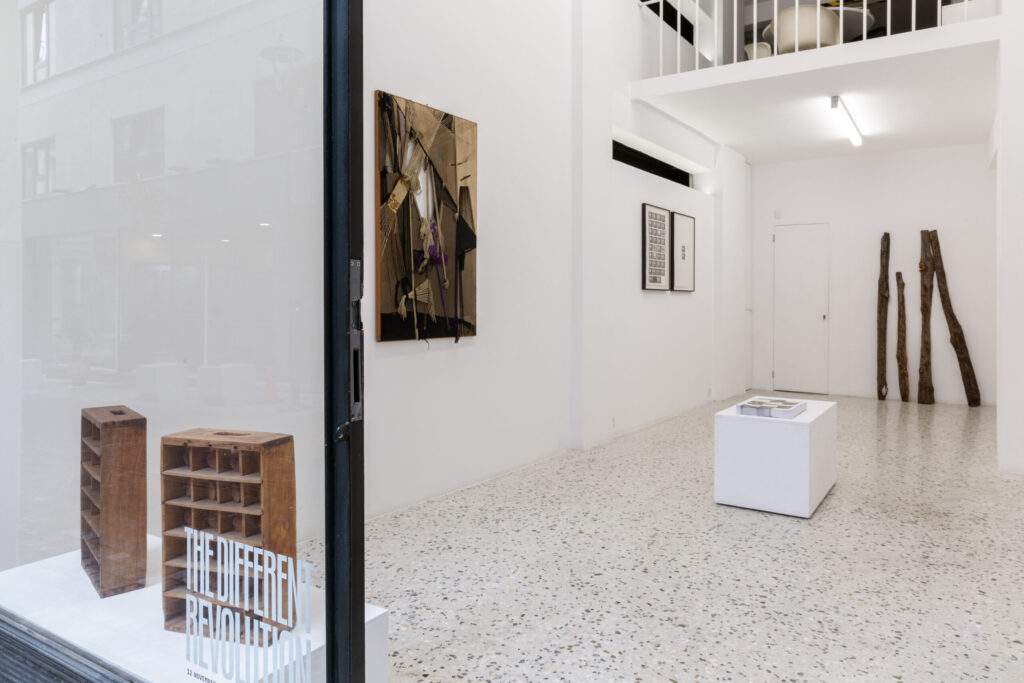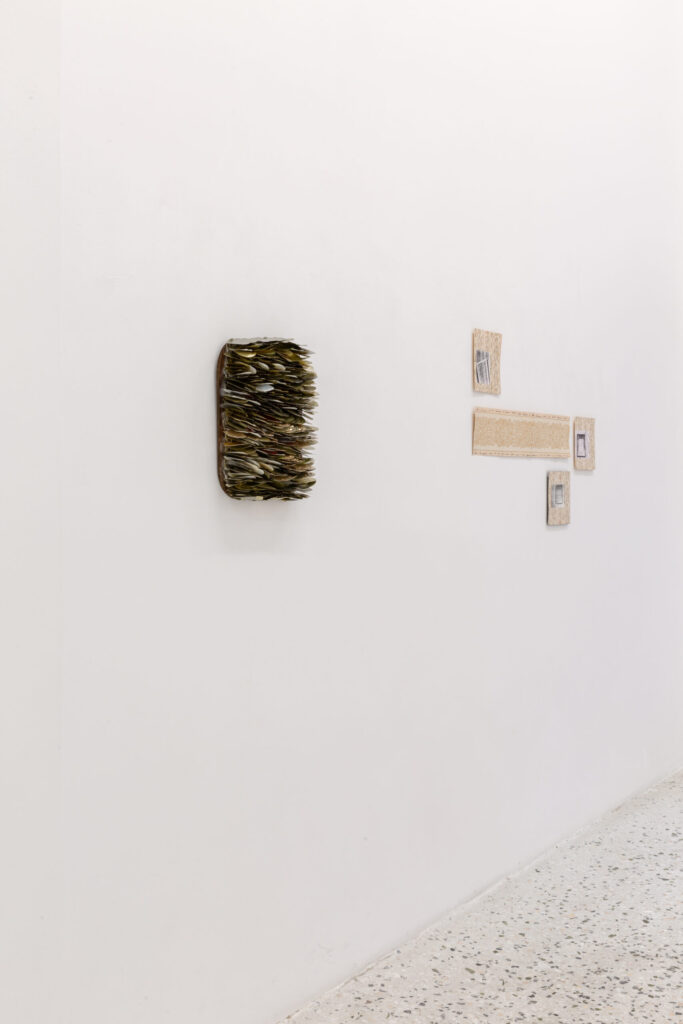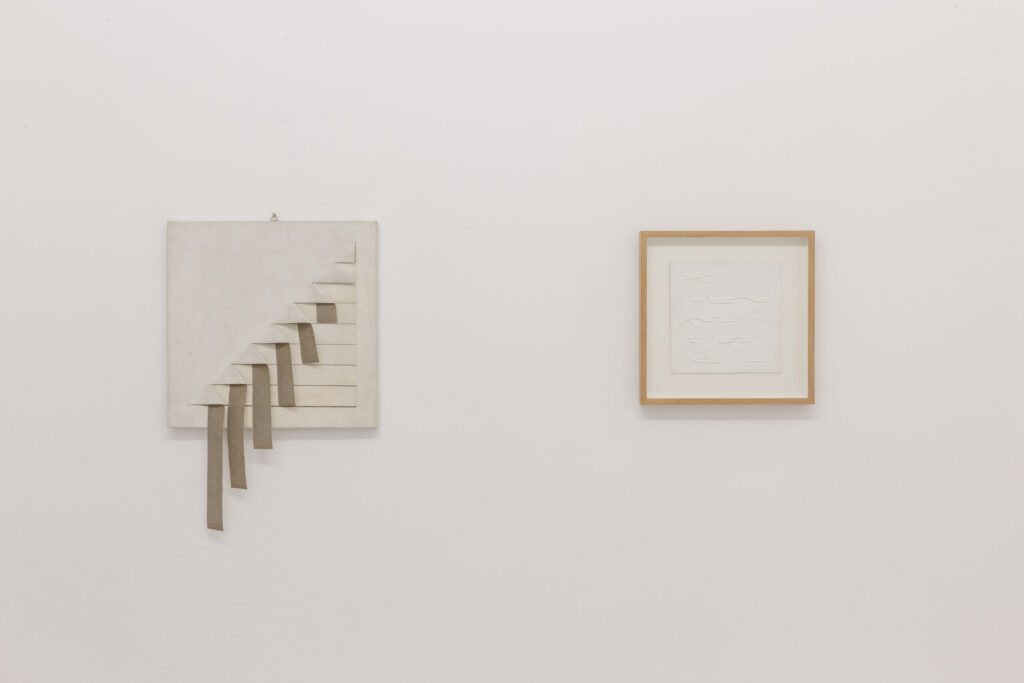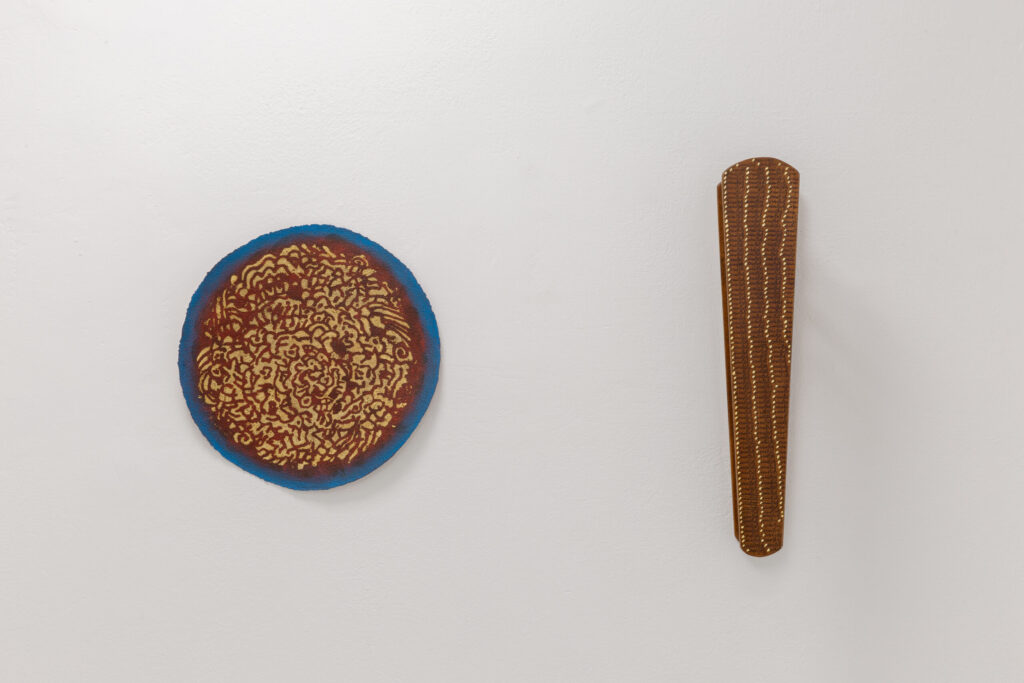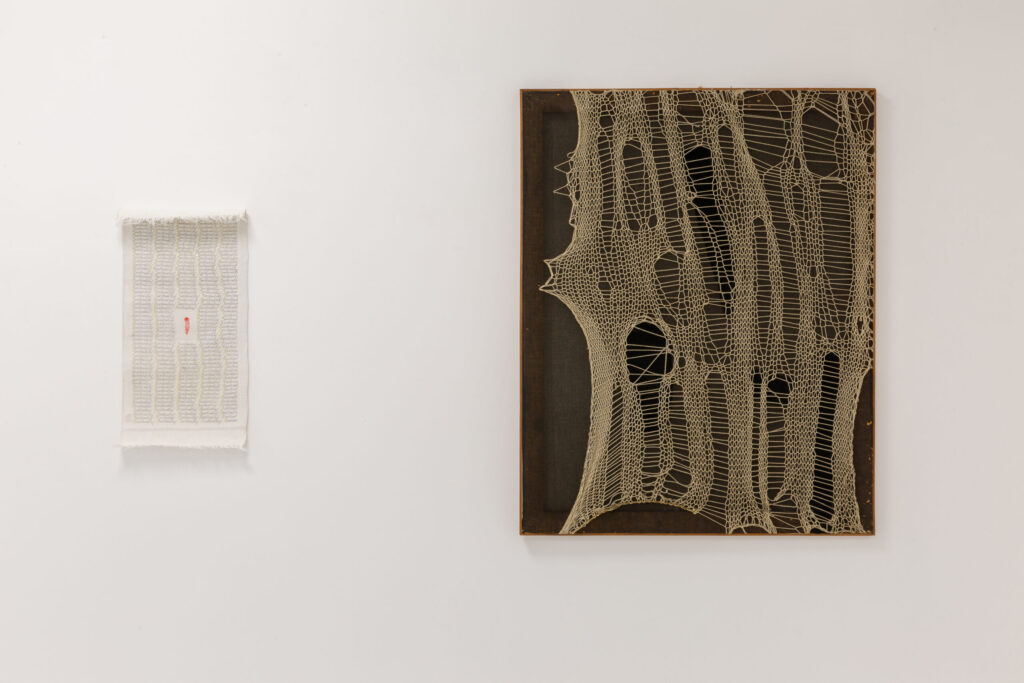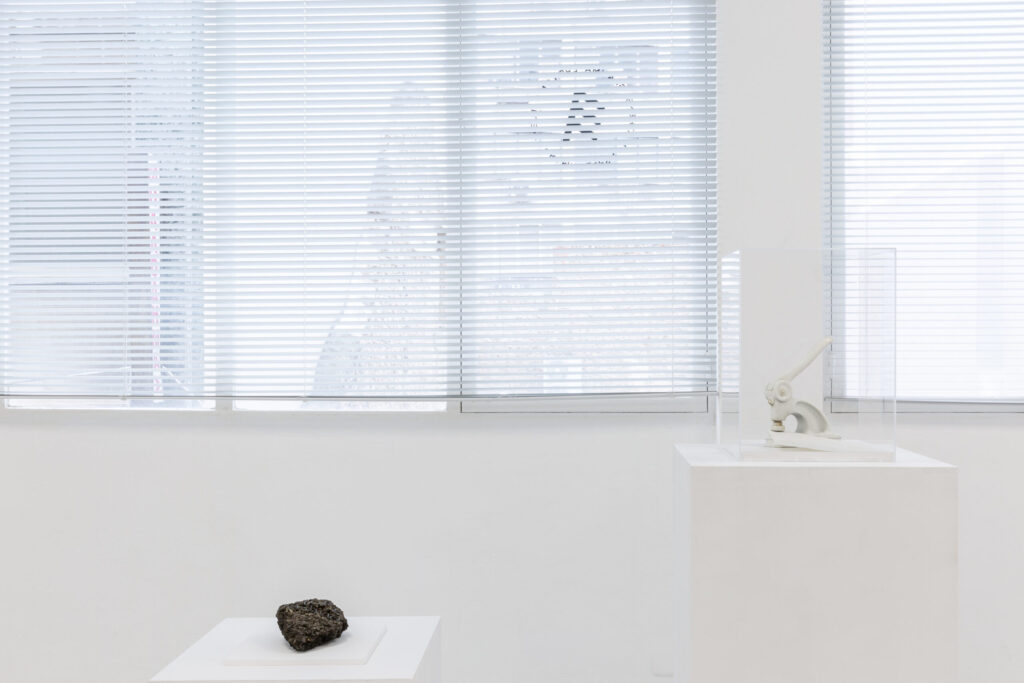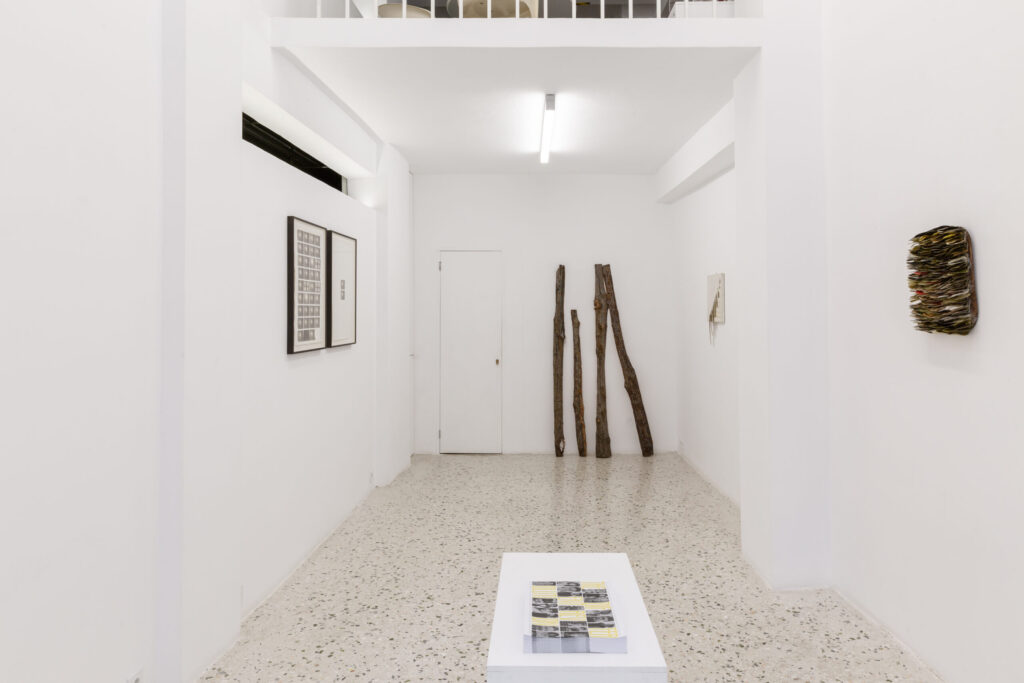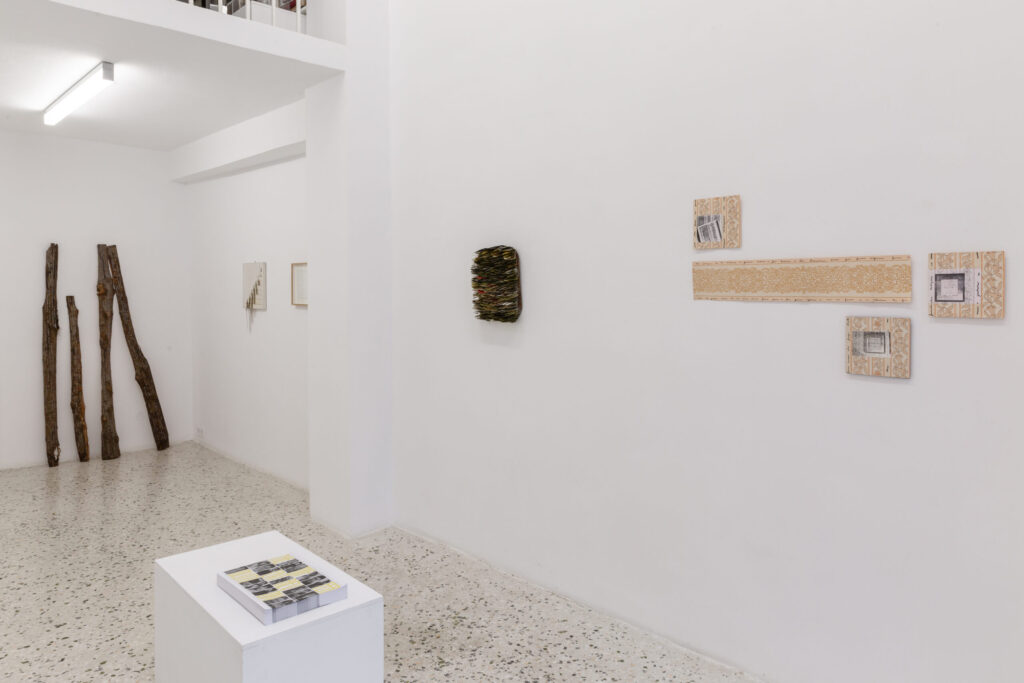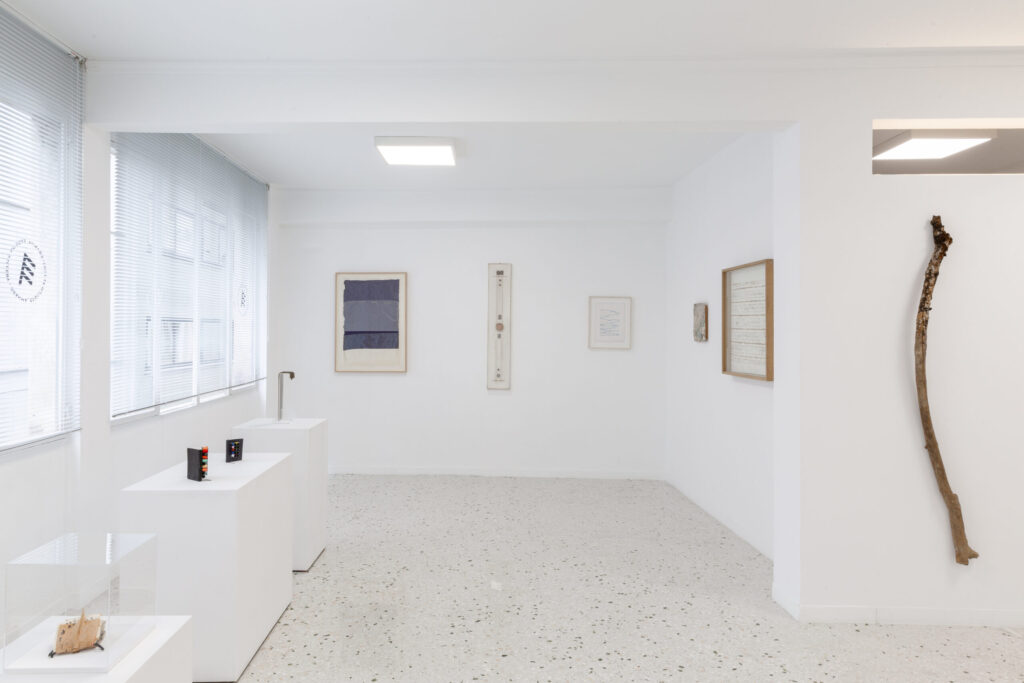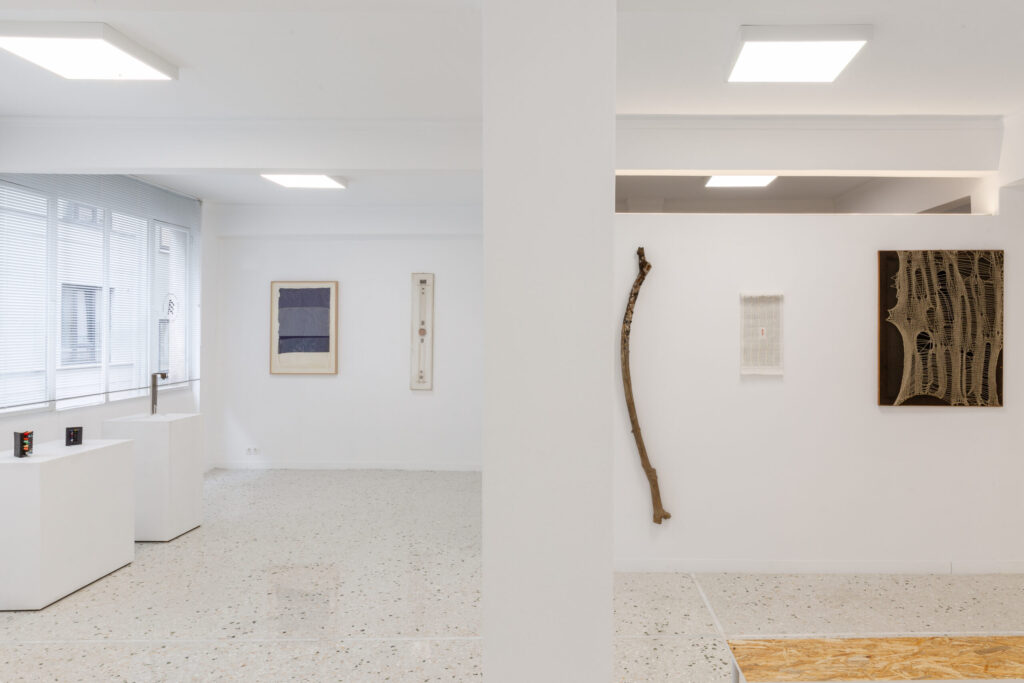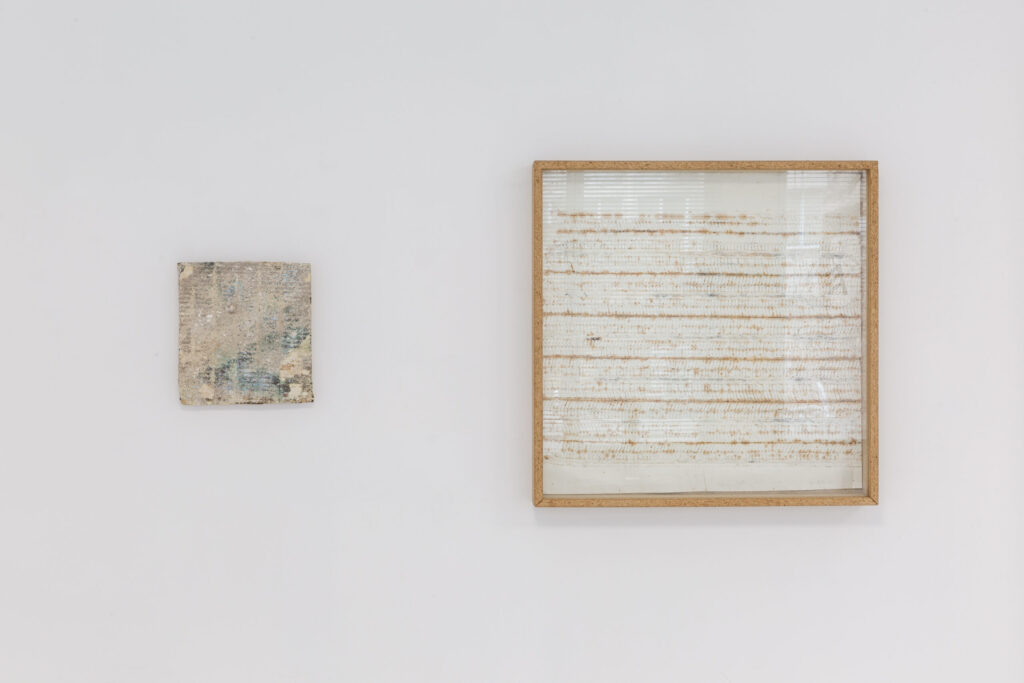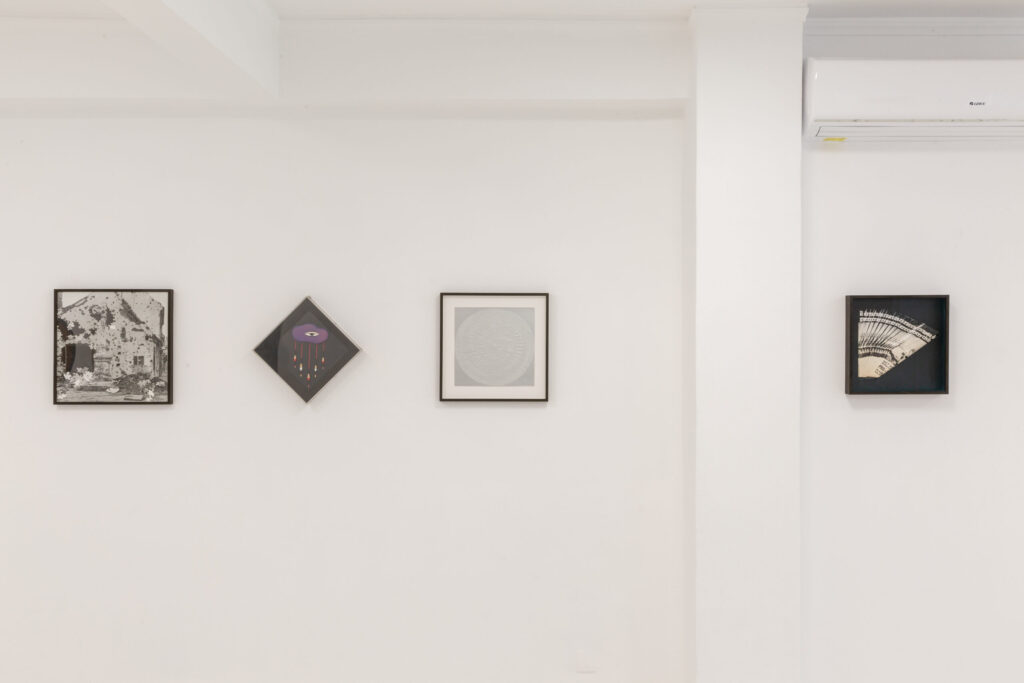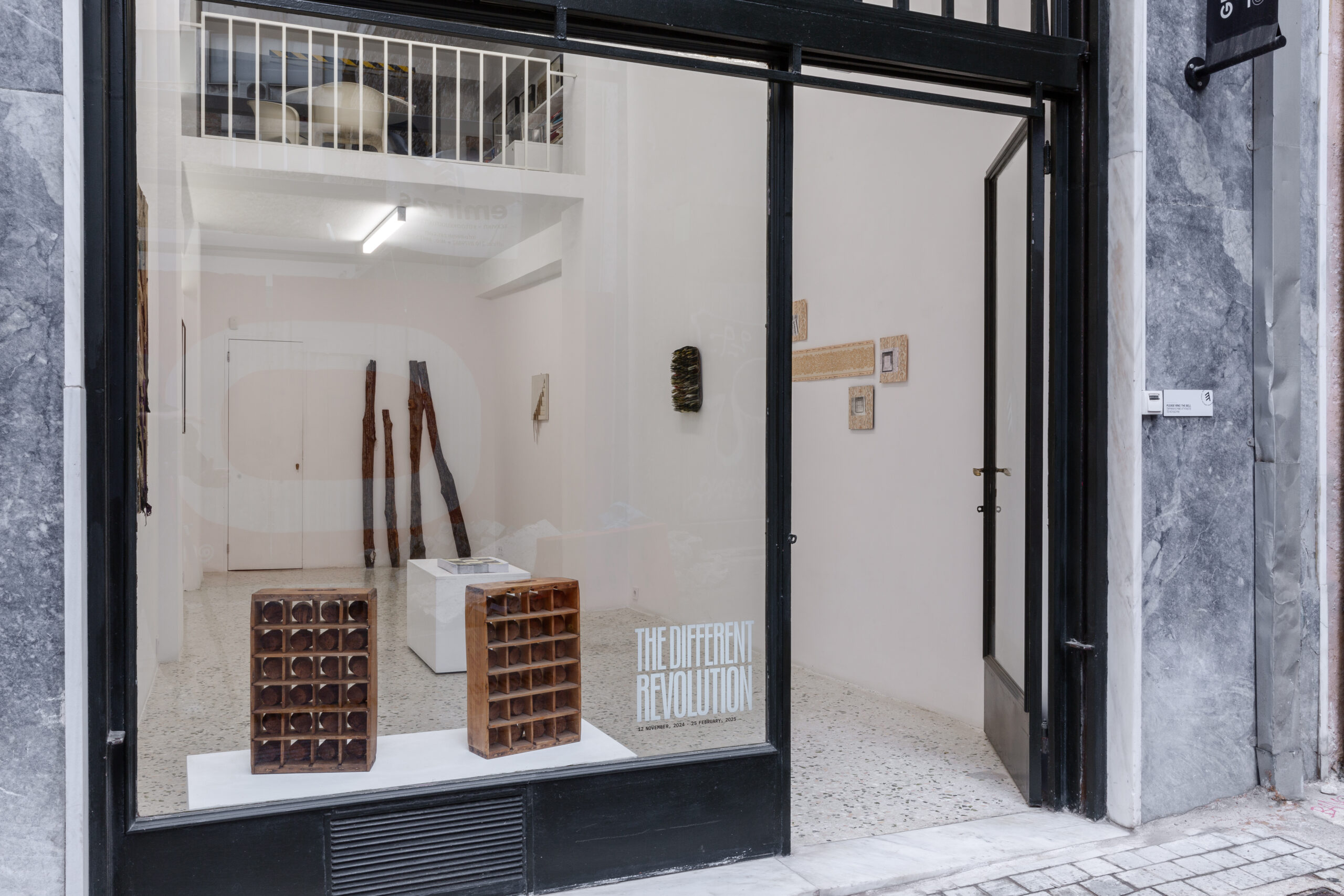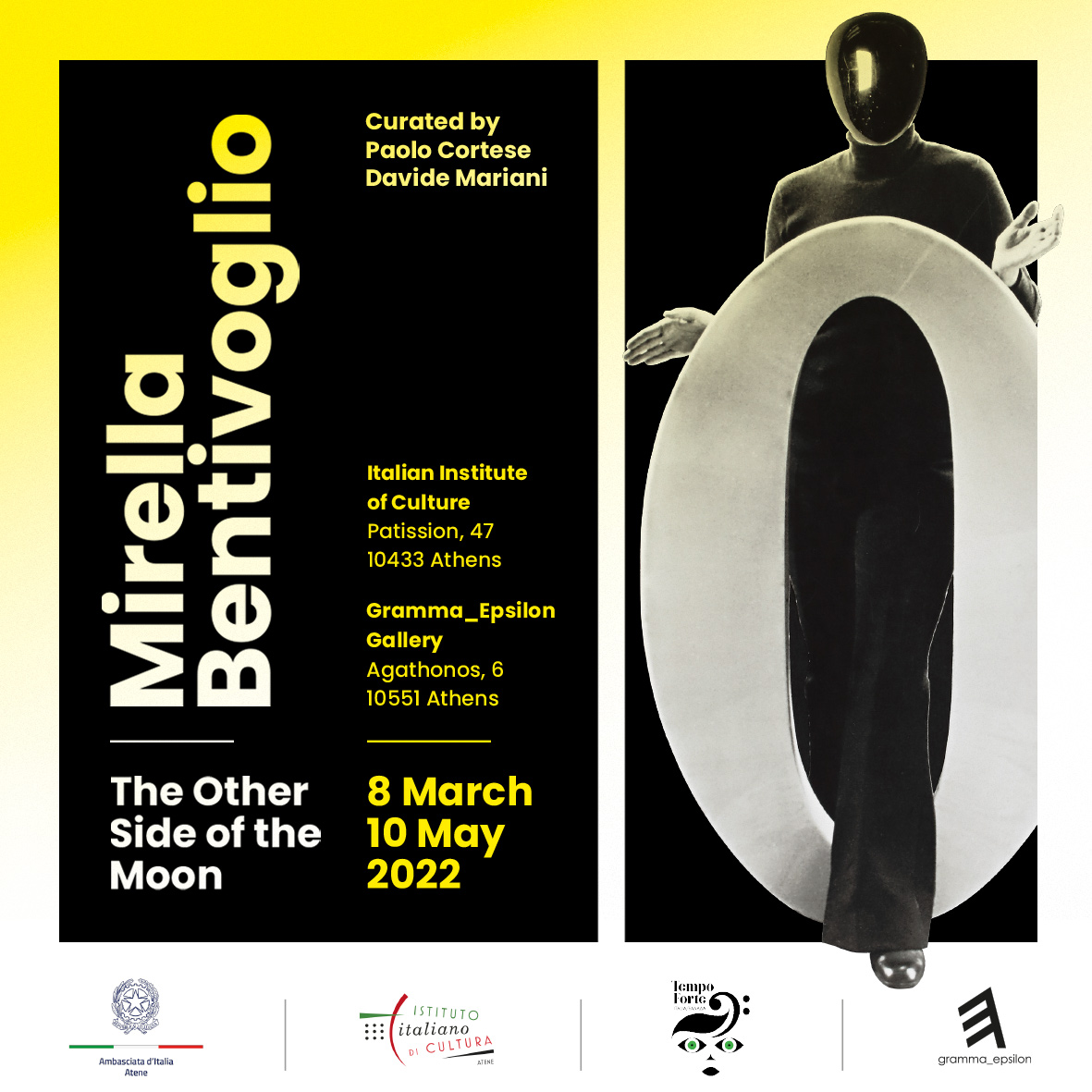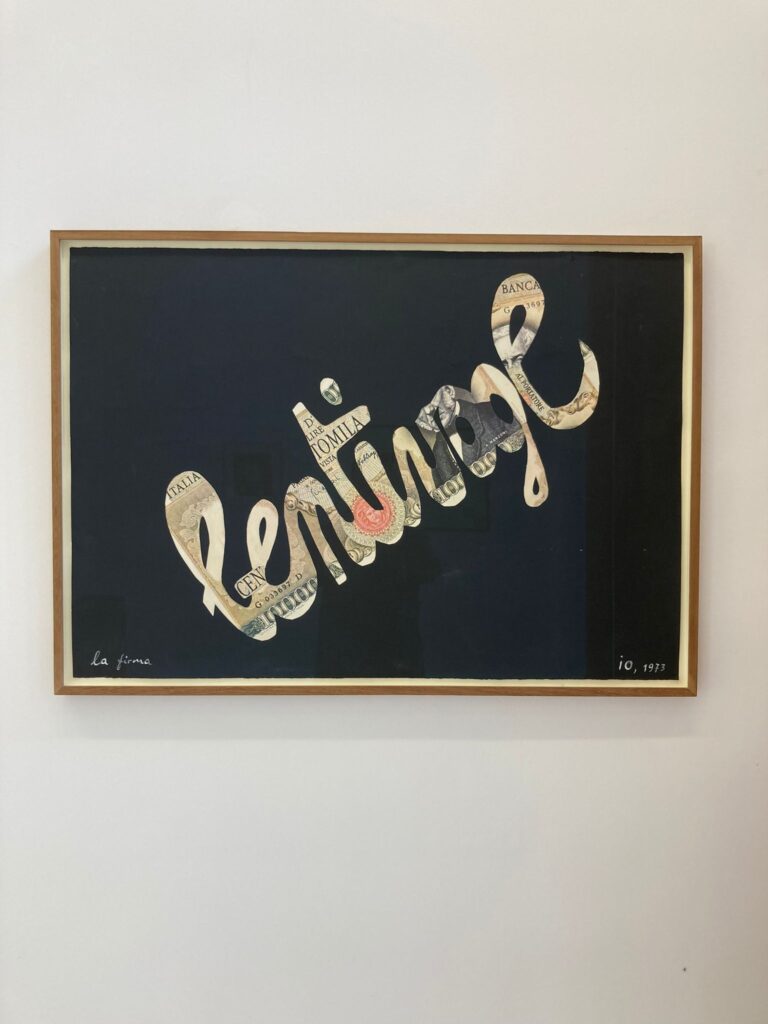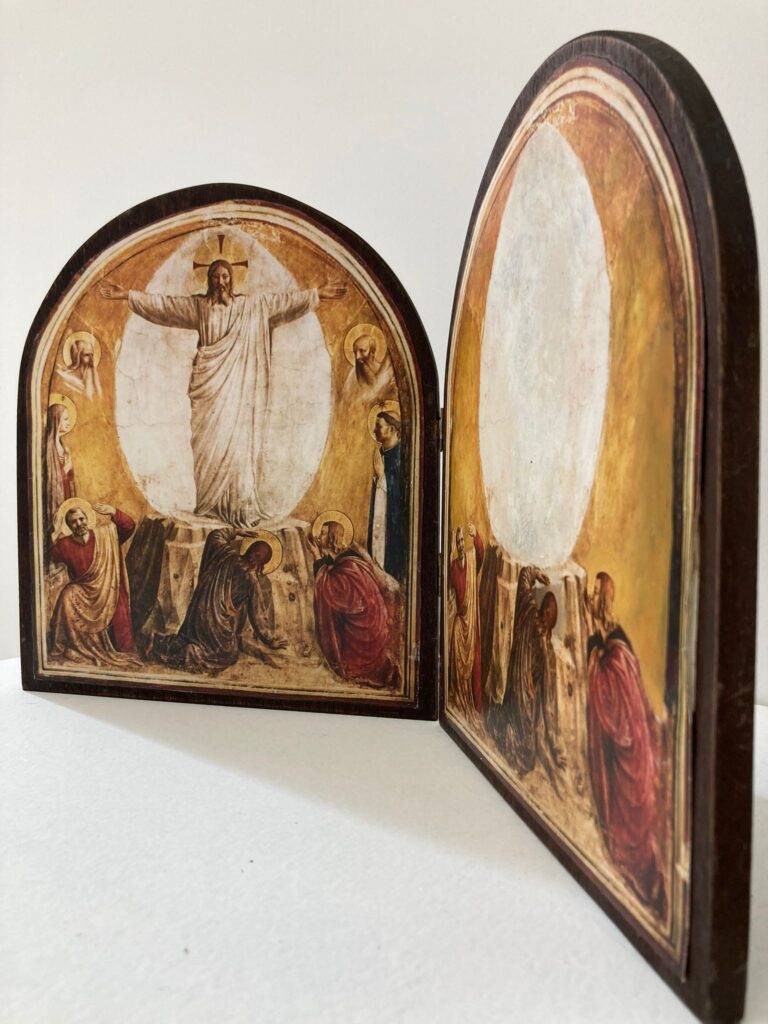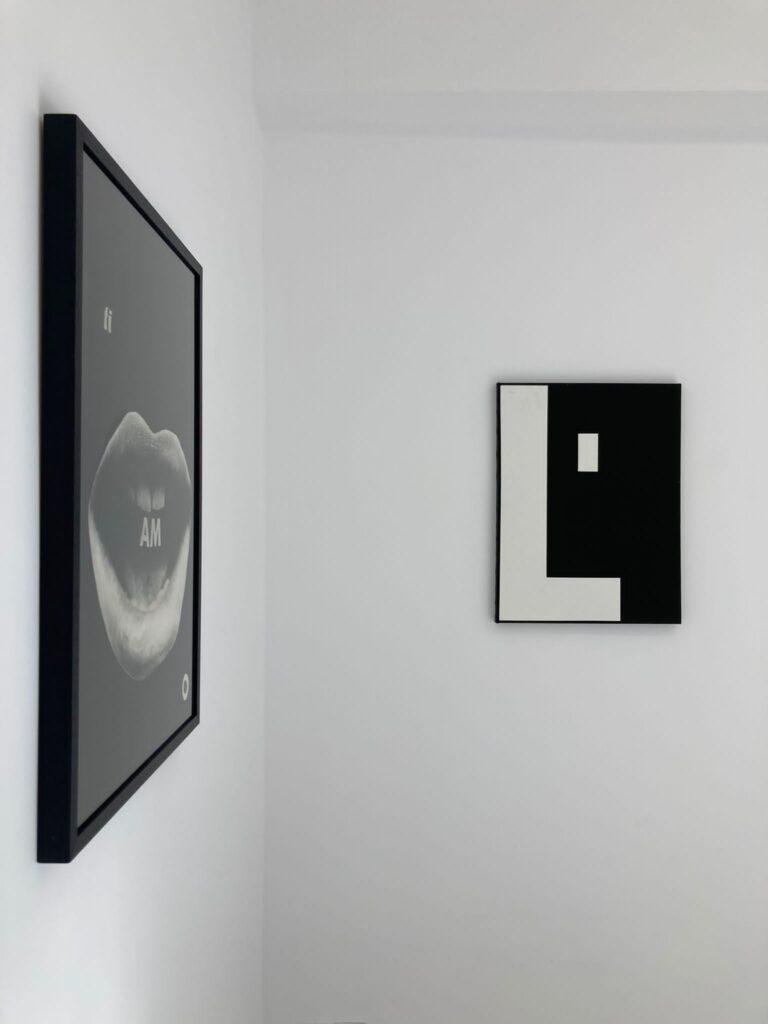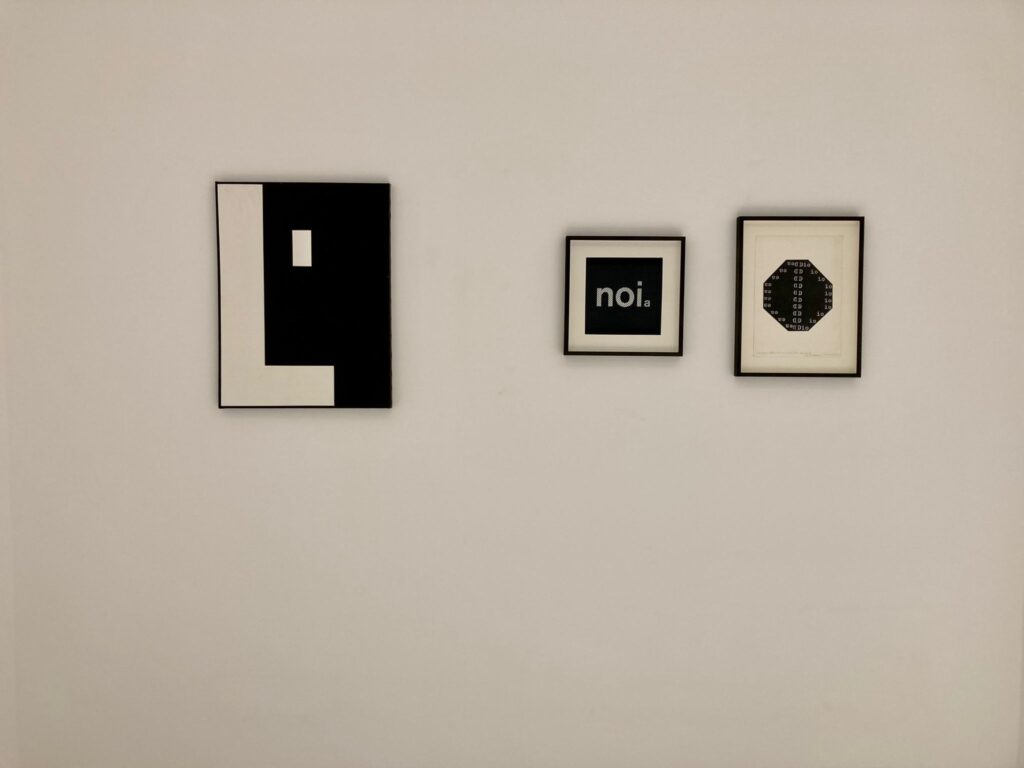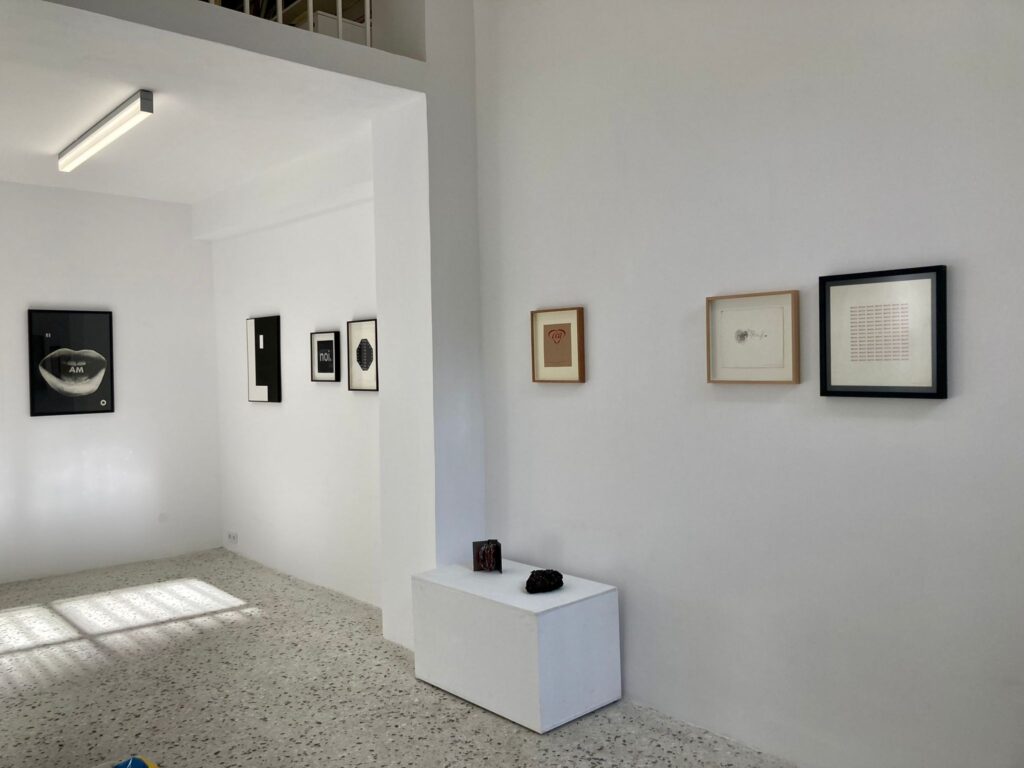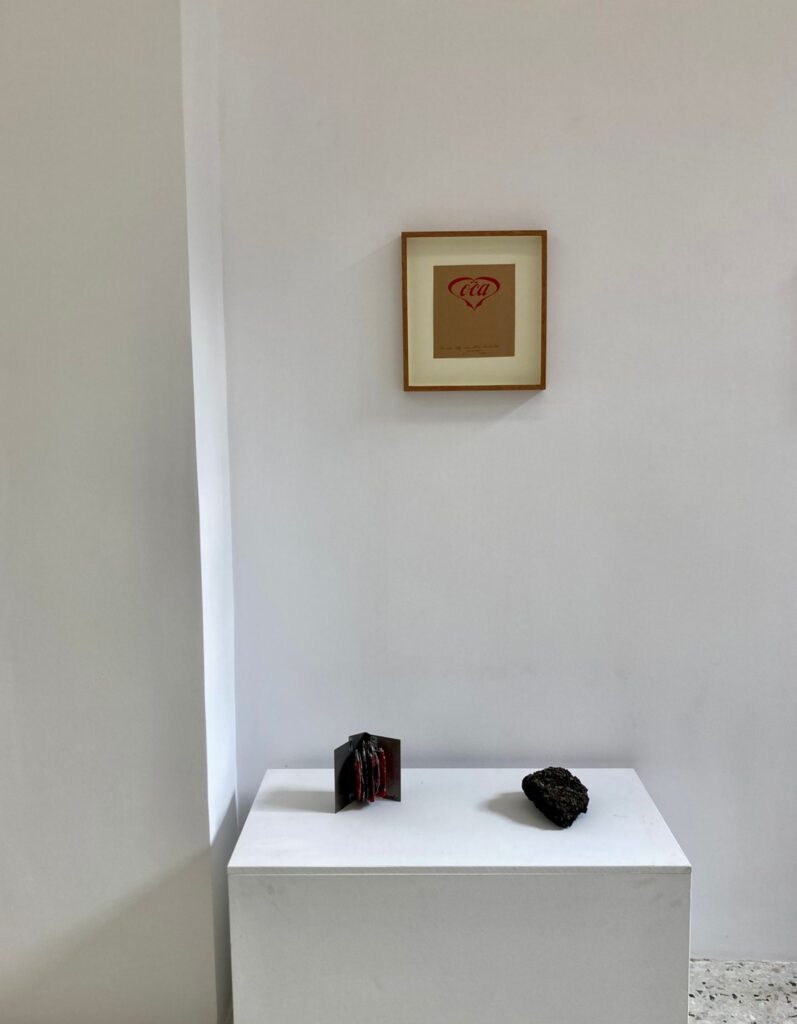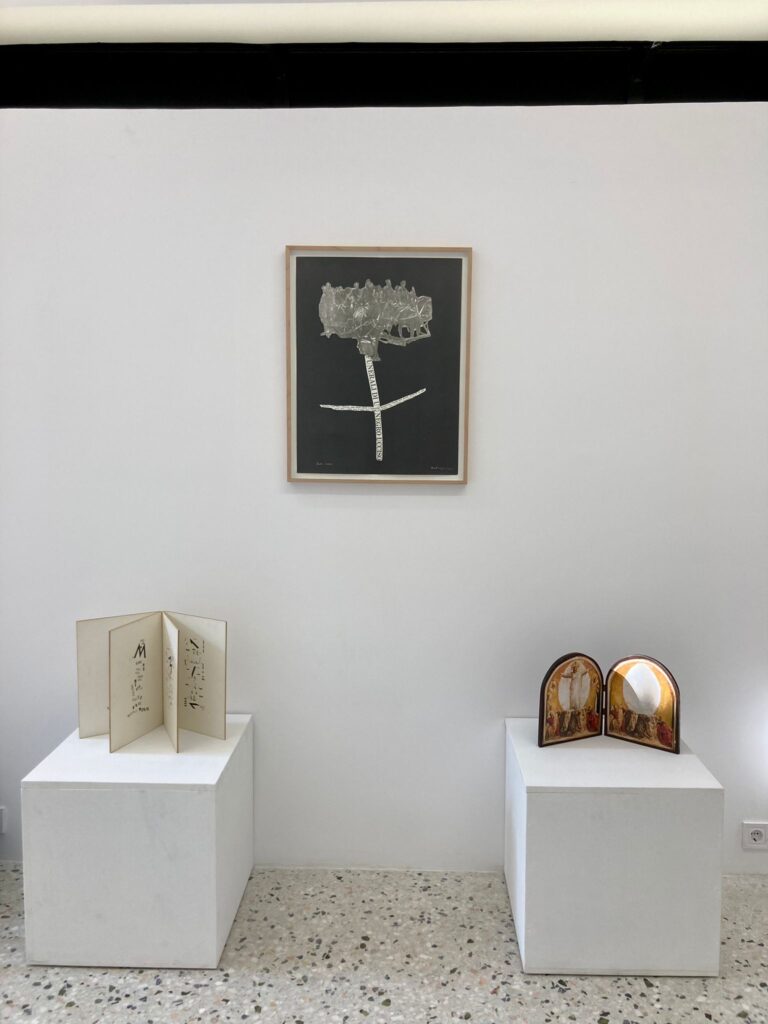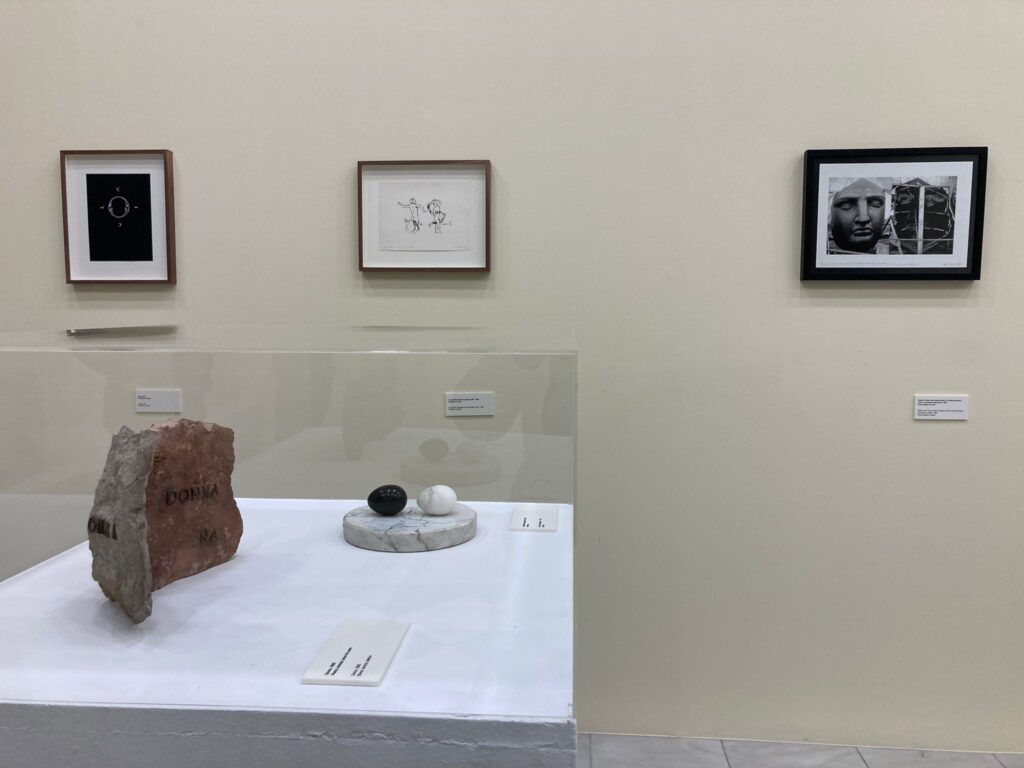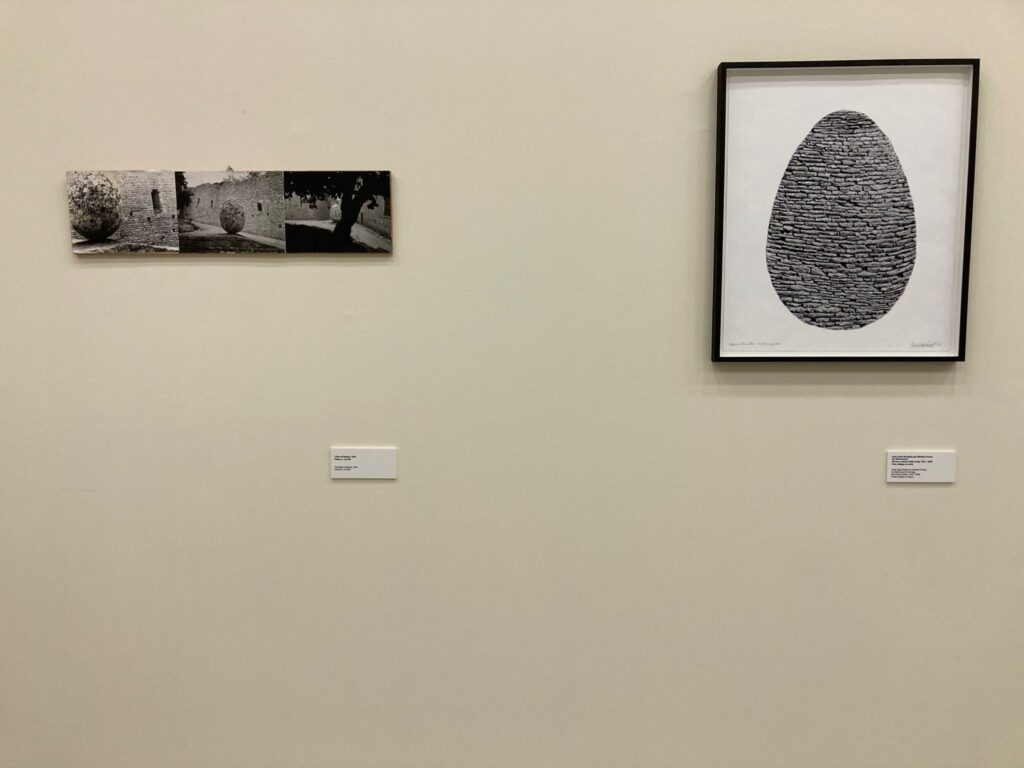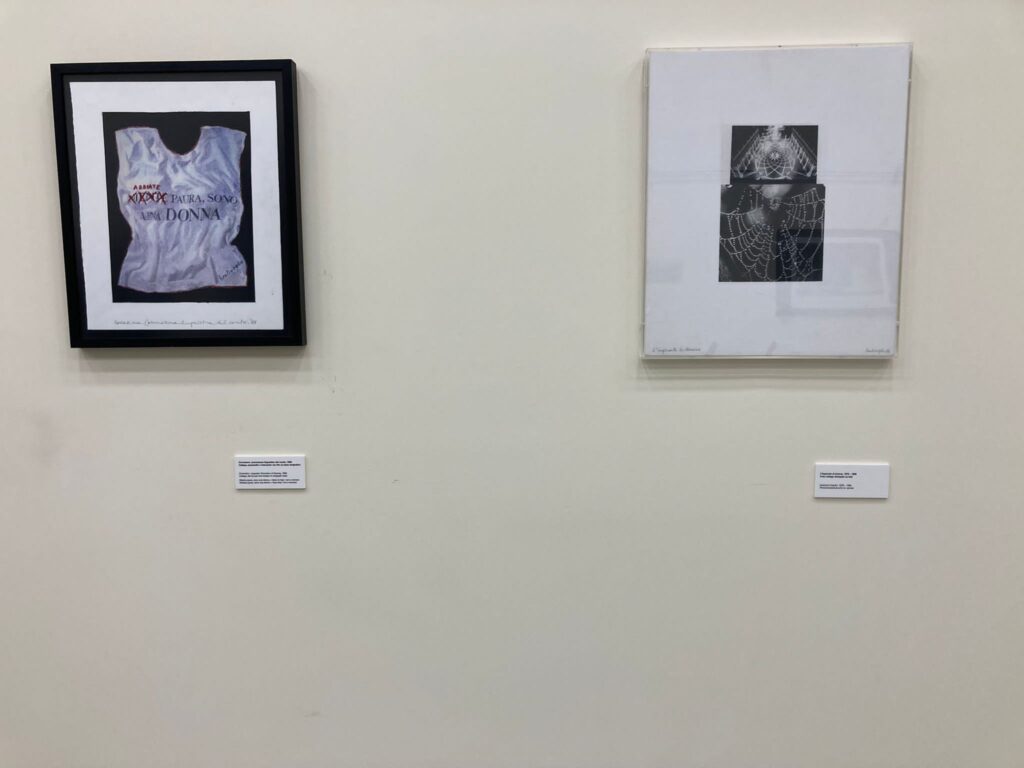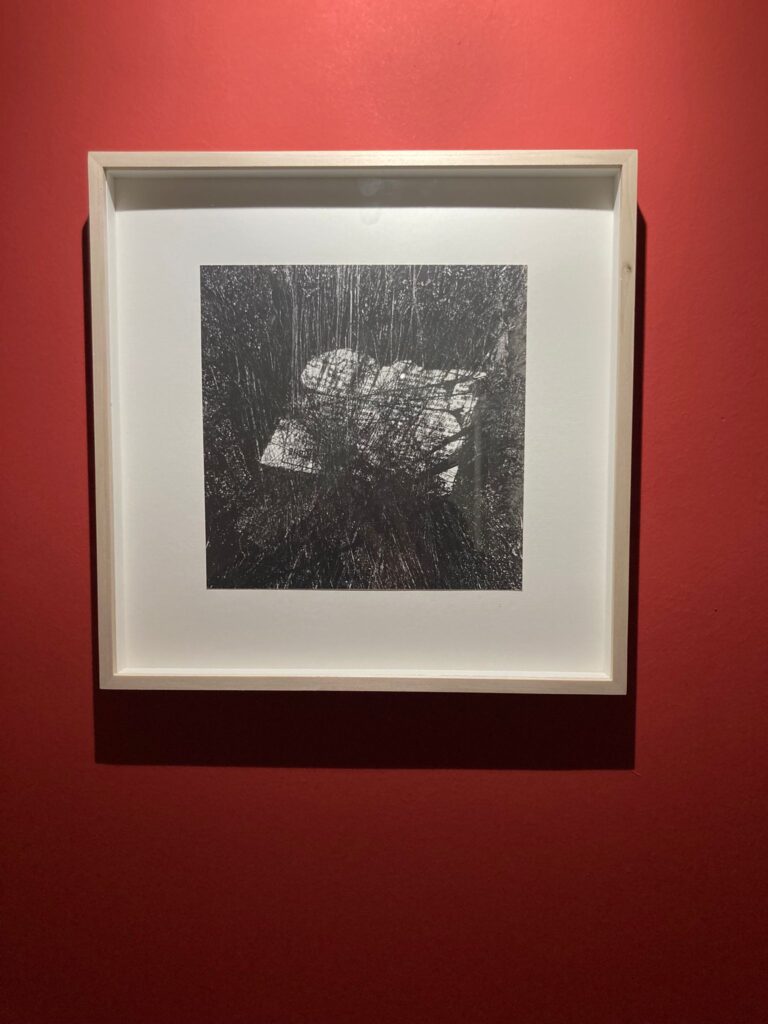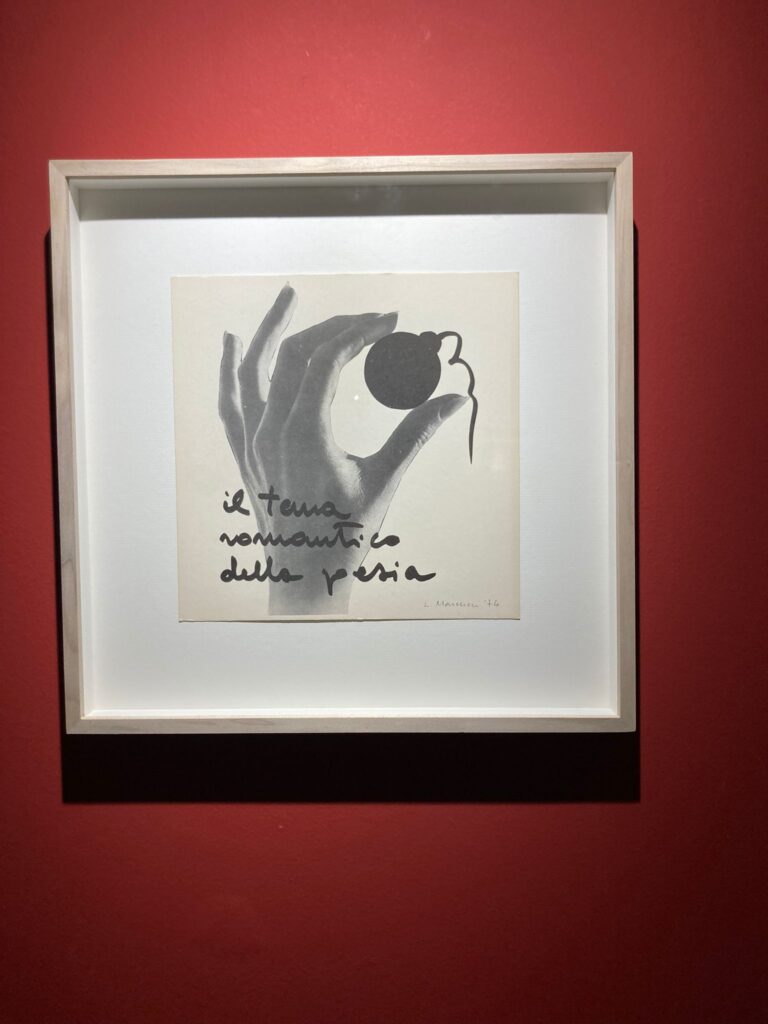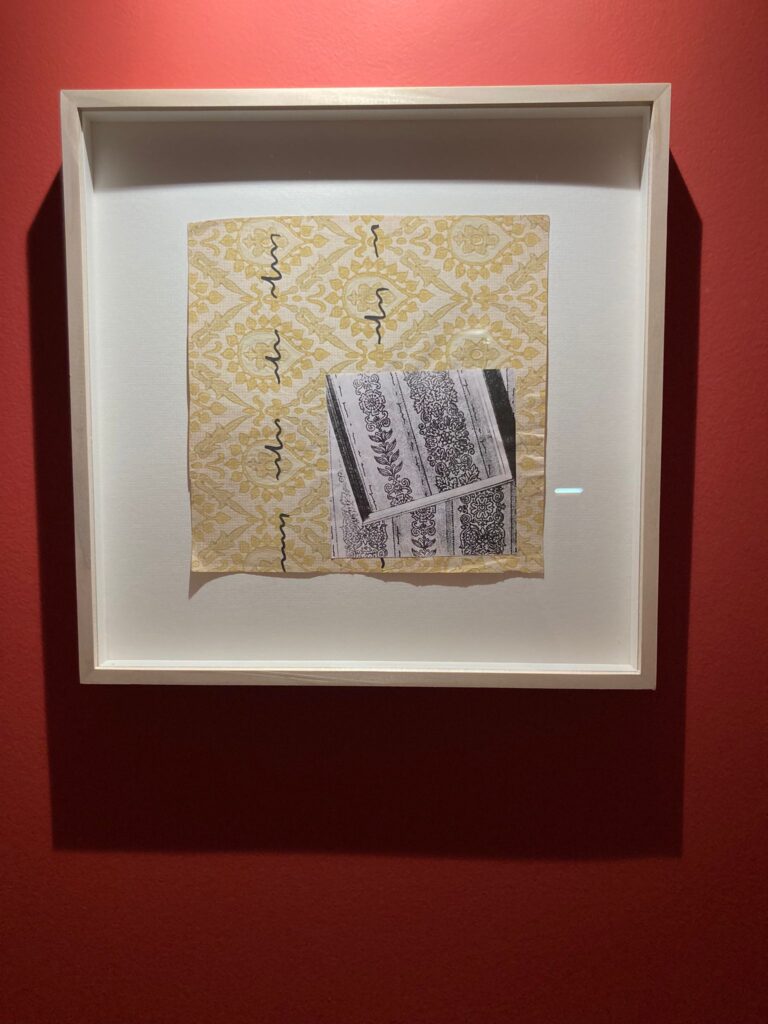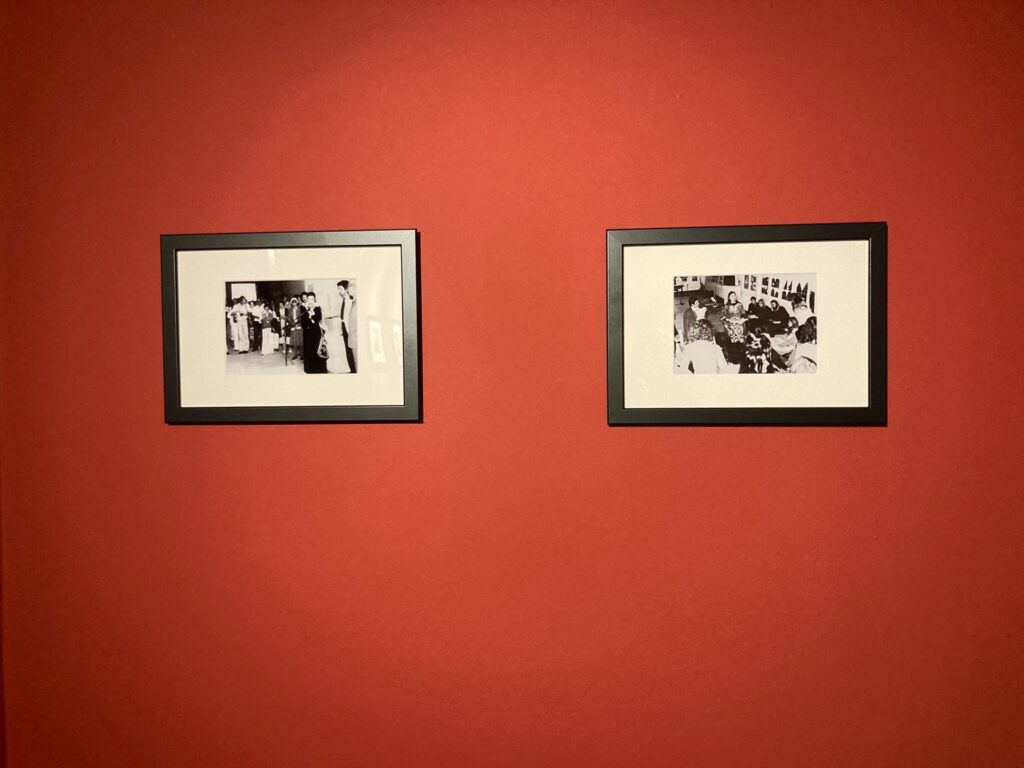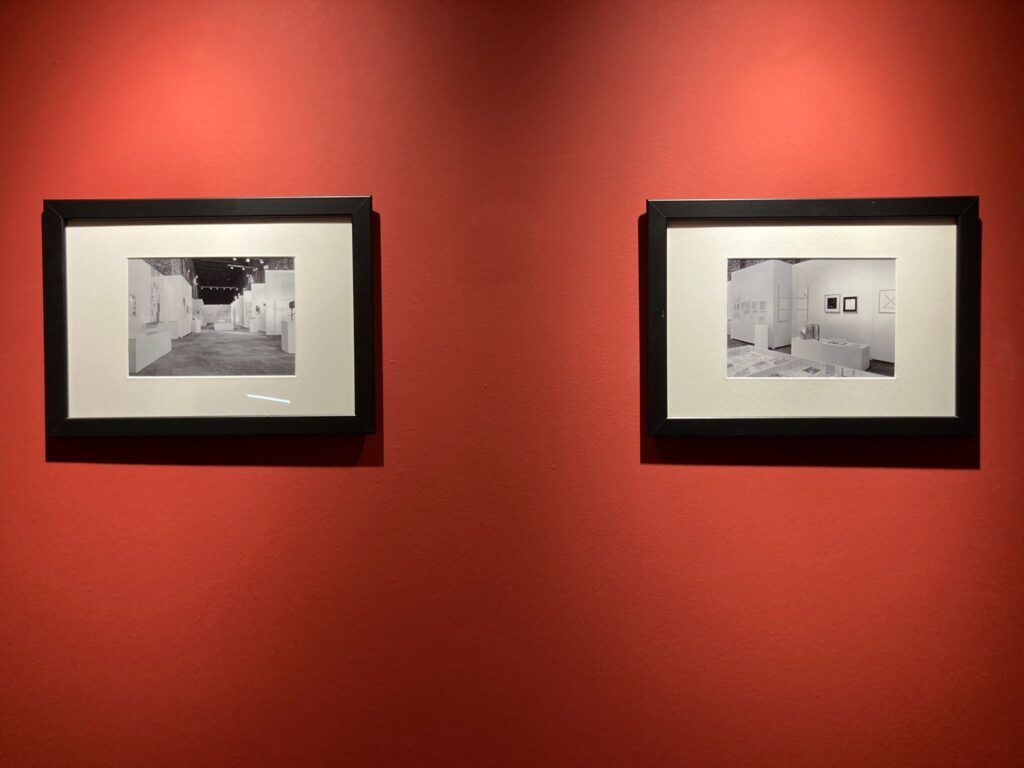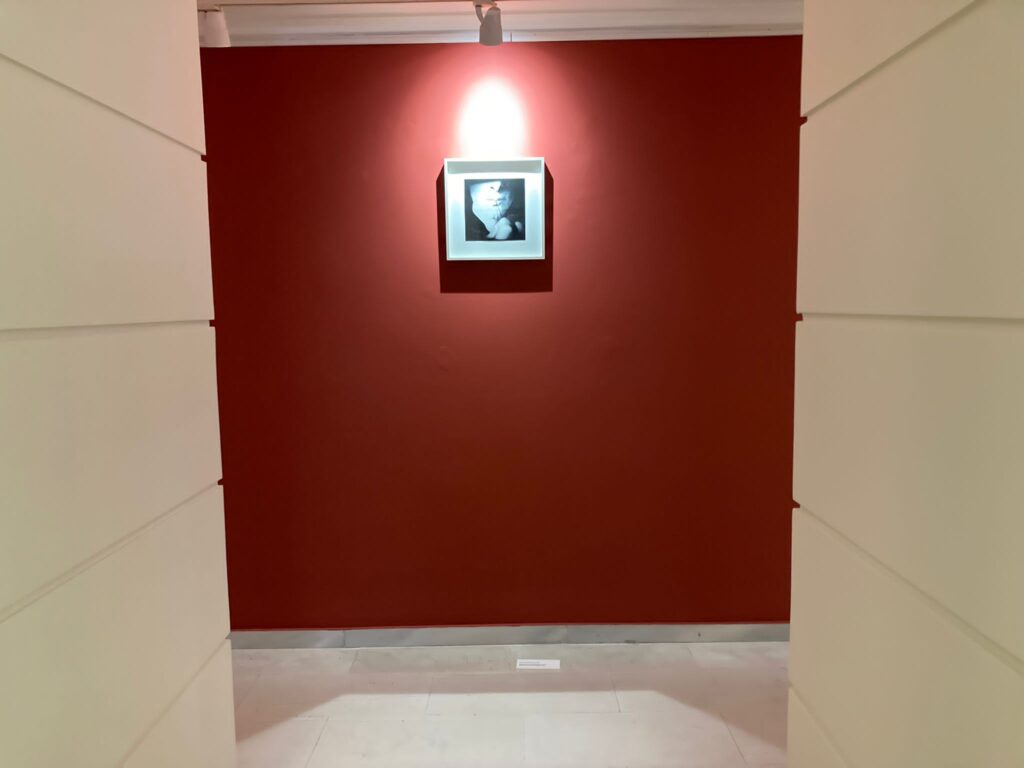12 November, 2024 – 25 February, 2025
Gramma_Epsilon Gallery in Athens presents the group exhibition curated by Paolo Cortese ‘The Different Revolution’. A preview of which was also presented during Artissima 2024, and aims to document the research carried out since the 1970s by 20 female artists, most of whom are Italian.
Fifty years of protest: battles, struggles and debate in order to see women finally emerge from a society which rejected their passage into history. A protest staged in the most diverse ways: politics, theatre, student demonstrations, but also through the unique voice of the talented who fought using art in order to be heard: these are the protagonists who knew how to write that part of history in a truly unpredictable way.
Women who, during the general climate of protest in the 1970s, fought to reclaim a role that could no longer be ignored: female art collectives soon formed and came together to share their lived experiences and to support each other. Many women artists chose to hit the streets and took part at the forefront of the demonstrations, while others carried out their revolution in a different way, maybe seemingly less obvious, yet equally as powerful.
Although it excluded these courageous pioneers from the art market, their decision to use as working tools the items that were close to hand and most compatible with their creative practice, allowed them to experiment in complete autonomy with new materials, understanding their abilities and sometimes surpassing their limits.
In the 1970s and 1980s, it was Mirella Bentivoglio who supported the struggle for female emancipation by curating exhibitions for female artists, and Gramma_Epsilon Gallery continues her legacy today by introducing to the public the work of these extraordinary artists who dedicated their life to that challenge.
Their revolution was powerful, intellectual and, at times, silent. They used art as a link between the inner vision, the dream and its expression. A powerful Trojan horse able to break down all kinds of barriers and allow all women to fulfil their dreams and live their daily lives without having to give up the role that the society of the time imposed on them.
Artists: Mirella Bentivoglio, Tomaso Binga, Sara Campesan, Francesca Cataldi, Chiara Diamantini, Lia Drei, Anna Esposito, Elisabetta Gut, Maria Lai, Rosanna Lancia, Gisella Meo, Clemen Parrocchetti, Giustina Prestento, Renata Prunas, Lilli Romanelli, Anna Maria Sacconi, Alba Savoi, Greta Schödl, Franca Sonnino, Anna Torelli.
.
